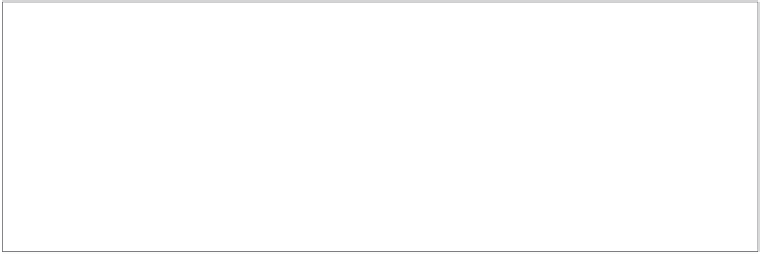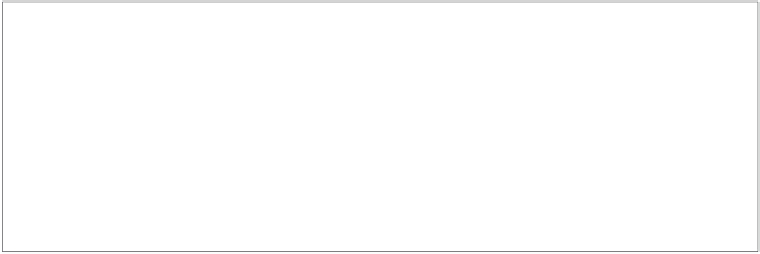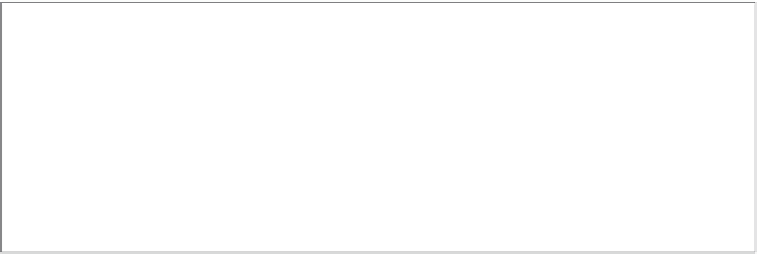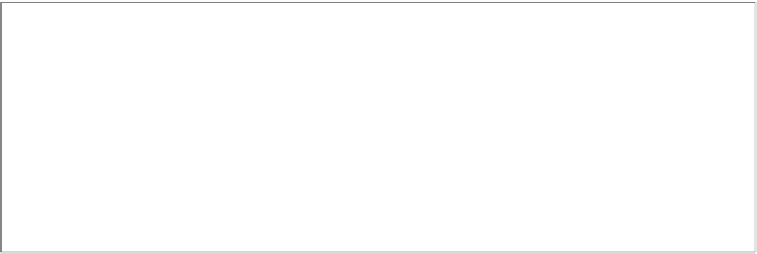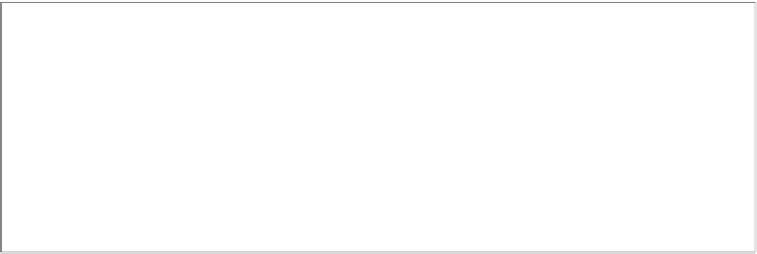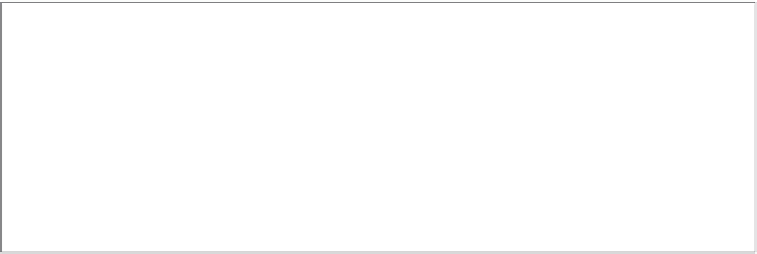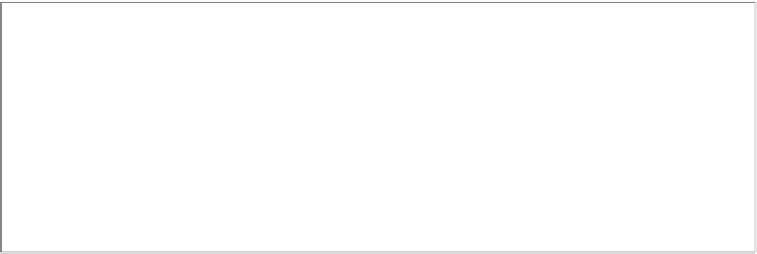Image Processing Reference
In-Depth Information
The read pulse is also applied to the portion just above the readout pass of the electrode
ϕV1, which also increases the potential of the charge readout path. Thus, the readout path
is efficiently increased by the synergetic effect
6
from both the VCCD channel and surface
sides, and signal charges integrated in the PD are read out to the VCCD channel. The read-
out signal charge packets are transferred in the VCCD channel by applied clock pulses of
[M, L] of ϕ1 and ϕ3 and [H, L] of ϕ2 and ϕ4. Then, signal charge packets corresponding to
one-line pixels are transferred to the HCCD and each charge packet is transferred through
the HCCD to the output amplifier to be converted to signal voltage output, as shown in
Figure 5.9. Once the first field readout is completed, the second field readout starts by
applying a read pulse of ϕ3 to electrode ϕV3 and is carried out in the same manner as the
first field readout. The readouts of these two fields are repeated in alternate shifts. In this
mode, odd-line pixel signals are output in the first field readout period, while even lines
are output in the second field readout period.
This is a kind of interlaced mode called frame integration mode. It is a typical driving
mode for still image capture, with many more field numbers in the current era.
If this mode is applied for moving pictures, a phenomenon named
system lag
occurs, as
shown in Figure 5.12a. The sensor has 500 line pixels, that is, 1000 transfer gate electrodes
for a four-phase VCCD, and can treat 250 signal charge packets in a one-column VCCD.
The first field signal of odd-line pixels and second field signal of even-line pixels, each of
250 lines, are output alternately in 1/60 s. Although the integration period is 1/30 s, images
are output every 1/60 s. There is a 50% overlap in the time domain between consecutive
fields, as shown in Figure 5.12a; that is, the images with time information 50% the same are
successively displayed. This causes an image lag phenomenon known as system lag. Also,
there is a driving mode called field integration mode, as shown in Figure 5.12b. In this
mode, signal charges of all pixels are read out to the VCCD and signal charges of adjacent
(a)
250 lines
1/30 s (integration period)
is half of the
signal has the same
information
as the next field
500 lines
1st (odd)
Overlap of
time information:
+
50%
2nd (even)
System lag (50%)
1/60 s
Output/display
Low resolution of
moving objects
(b)
250 lines
1/60 s (integration period)
+
+
+
+
500 lines
1st (odd+even)
Overlap of
time information:
is signal is
independent from
the next field
+
+
+
0%
+
+
+
+
2nd (even+odd)
Alternating pixel charge addition of adjacent lines
No system lag
1/60 s
Output/display
Key: CFA solution that enables alternative pixel charge addition
FIGURE 5.12
(a,b) Comparison of integration modes for moving pictures.

























